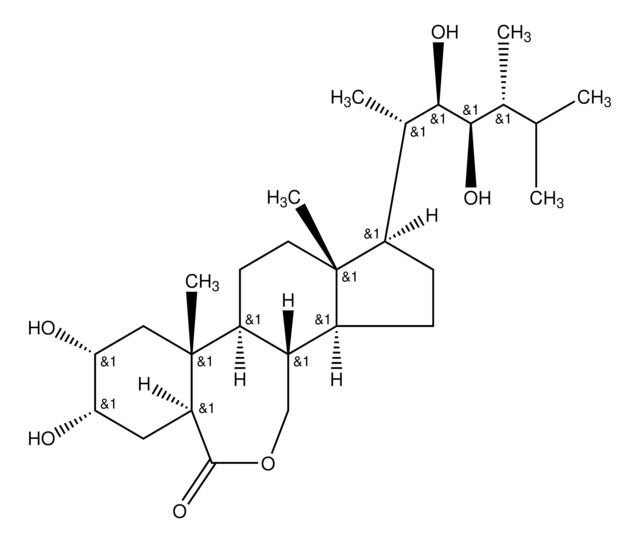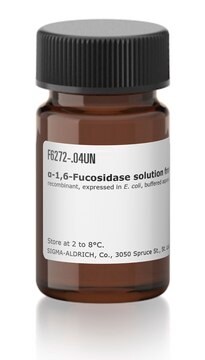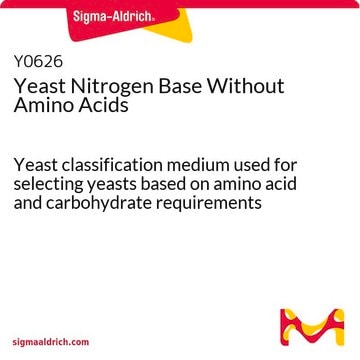Transportation information can be found in Section 14 of the product's (M)SDS.To access the shipping information for this material, use the link on the product detail page for the product.
H1267
22(S),23(S)-Homobrassinolide
About This Item
Productos recomendados
aplicaciones
agriculture
cadena SMILES
CC[C@@H](C(C)C)[C@H](O)[C@@H](O)[C@@H](C)[C@H]1CC[C@H]2[C@@H]3COC(=O)[C@H]4C[C@H](O)[C@H](O)C[C@]4(C)[C@H]3CC[C@]12C
InChI
1S/C29H50O6/c1-7-17(15(2)3)26(33)25(32)16(4)19-8-9-20-18-14-35-27(34)22-12-23(30)24(31)13-29(22,6)21(18)10-11-28(19,20)5/h15-26,30-33H,7-14H2,1-6H3/t16-,17-,18-,19+,20-,21-,22+,23-,24+,25-,26-,28+,29+/m0/s1
Clave InChI
HJIKODJJEORHMZ-DNVPGCTHSA-N
Aplicación
- to study its effects on DNA methylation, callus growth and regeneration in barley.[1]
- to study its effects on cell elongation in Arabidopsis thaliana.[2]
- to study its effects on cell division, root germination and anti-oxidant system enzymes in barley.[3]
Acciones bioquímicas o fisiológicas
Código de clase de almacenamiento
11 - Combustible Solids
Clase de riesgo para el agua (WGK)
WGK 3
Punto de inflamabilidad (°F)
Not applicable
Punto de inflamabilidad (°C)
Not applicable
Equipo de protección personal
Eyeshields, Gloves, type N95 (US)
Elija entre una de las versiones más recientes:
¿Ya tiene este producto?
Encuentre la documentación para los productos que ha comprado recientemente en la Biblioteca de documentos.
Los clientes también vieron
-
What is the Department of Transportation shipping information for this product?
1 answer-
Helpful?
-
-
Which form of the Product No. H1267, 22(S), 23(S)-Homobrassinolide do we offer?
1 answer-
Sigma-Aldrich offers two biologically active analogs, Product No. H1267, 22(S), 23(S)-Homobrassinolide and Product No. E1641; 24-Epibrassinolide.
Helpful?
-
-
What is the solubility of Product No. H1267, 22(S),23(S)-Homobrassinolide?
1 answer-
Product No. H1267, 22(S),23(S)-Homobrassinolide is soluble in chloroform at 10 mg/ml. For use with cells, ethanol or DMSO is recommended at a concentration between 1-5 mg/ml.
Helpful?
-
Active Filters
Nuestro equipo de científicos tiene experiencia en todas las áreas de investigación: Ciencias de la vida, Ciencia de los materiales, Síntesis química, Cromatografía, Analítica y muchas otras.
Póngase en contacto con el Servicio técnico















